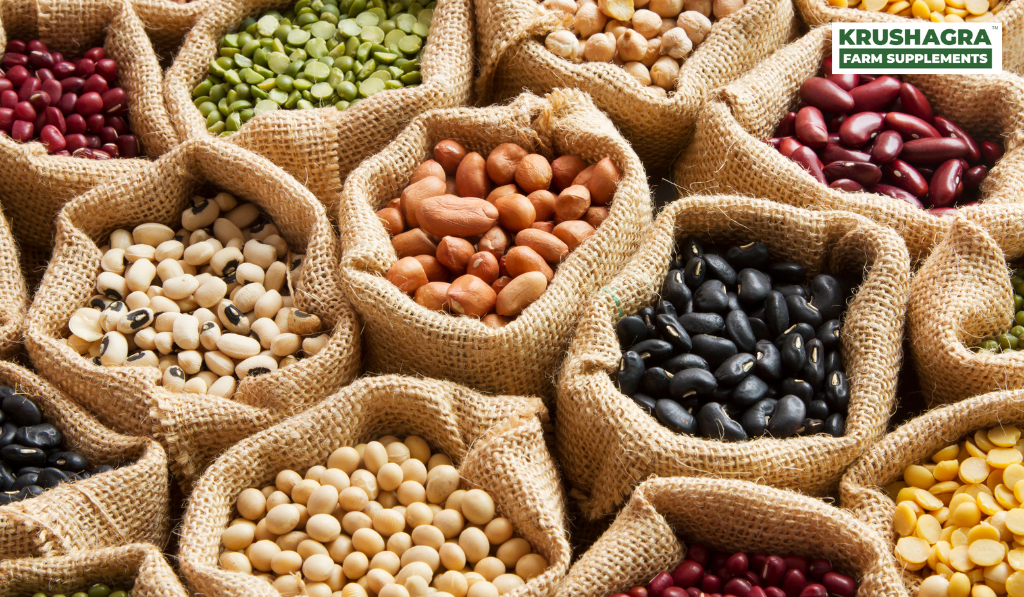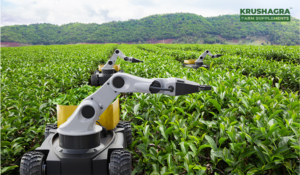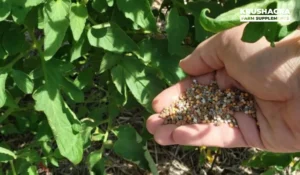Introduction:
Modern agriculture faces a critical challenge of producing sufficient food to feed the growing global population while minimizing the negative environmental impacts associated with intensive farming practices. One promising solution lies in the adoption of sustainable agricultural practices, and among them, the use of biofertilizers in leguminous crop production stands out. This article explores how biofertilizers can effectively reduce the reliance on nitrogen fertilizers and enhance soil health in leguminous crop cultivation.
The Nitrogen Fertilizer Challenge:
Nitrogen is an essential nutrient for plant growth and development. However, the excessive use of synthetic nitrogen fertilizers has led to several ecological issues, such as water pollution through leaching and runoff, greenhouse gas emissions, and disruption of soil microbial communities. Leguminous crops, including beans, peas, lentils, and soybeans, have the unique ability to form symbiotic relationships with nitrogen-fixing bacteria known as rhizobia. This association allows legumes to convert atmospheric nitrogen into a form that plants can use, reducing the need for external nitrogen inputs
A Sustainable Alternative: Biofertilizers
Biofertilizers are organic substances with active microorganisms that promote plant growth and nutrient availability. Two categories of biofertilizers are essential for leguminous crops:
- Rhizobium Inoculants:Leguminous crops develop a symbiotic association with rhizobia through the use of inoculants called rhizobium. Rhizobium bacteria settle in the root nodules of the plant, where they fix atmospheric nitrogen so that the plant can use it. This lessens the demand for synthetic nitrogen fertilizers, minimizing the negative effects on the environment brought on by their excessive use.
- Mycorrhizal Fungi: Mycorrhizal fungi collaborate with plant roots to help them penetrate the soil and better absorb nutrients. Mycorrhizal partnerships can increase phosphorus availability in leguminous crops, which will benefit plant development and overall health.
Implementing Biofertilizers:
To maximize the benefits of biofertilizers in leguminous crop production, several considerations must be taken into account:
- Strain Selection: Choosing the appropriate rhizobium strains or mycorrhizal species that are compatible with the target leguminous crops is essential for effective symbiotic associations.
- Application Techniques: Biofertilizers can be applied as seed coatings, soil inoculants, or foliar sprays. Each method has specific guidelines for optimal application.
- Crop Rotation: Implementing crop rotation practices with leguminous crops can enhance soil fertility and maintain the effectiveness of biofertilizers.
- Monitoring and Evaluation: Regular assessment of plant health, nutrient levels, and soil quality is crucial to ensure the biofertilizers’ effectiveness and make any necessary adjustments.
Conclusion:
In order to reduce reliance on nitrogen fertilizers and promote soil health in the production of leguminous crops, using biofertilizers is a viable strategy for sustainable agriculture. Farmers can increase crop yields while reducing the environmental effects of intensive farming practices by utilizing the natural processes of nitrogen fixation and nutrient uptake. Integrating biofertilizers into common agricultural methods could help create a more resilient and ecologically friendly food production system as the world’s agricultural landscape changes.






